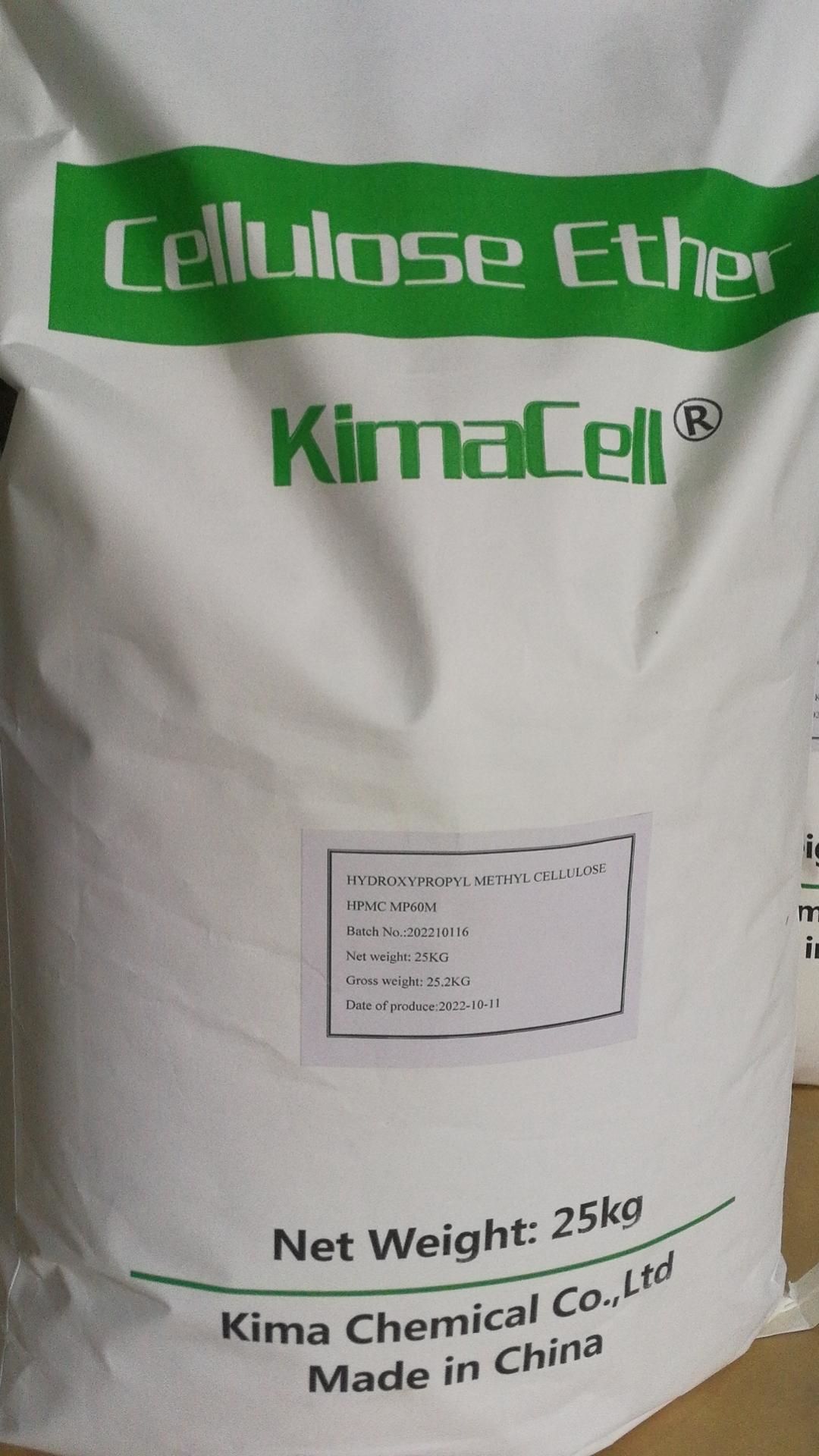The Benefits of Using HPMC for Self-Leveling Mortar
The self -level mortar (SLM) is a low -viscous cement floor material that can be used on the floor to form smooth and seamless surfaces. This material is widely used in construction projects, such as industrial and commercial flooring systems, residential and institutional buildings. It is also used to repair and reintegrate existing flooring. One of the most important components of SLM is hydroxypropyl methylcellulose (HPMC). HPMC is a cellulose ether. It is used as a thickener, adhesive, emulsifier, stabilizer and suspension in various applications in the construction industry. Here are some benefits to the use of HPMC for self -level mortar.
Improveable processability
HPMC is a multifunctional polymer that can be widely used in cement -based flooring materials. It improves the feasibility of the mortar’s mortar by improving the retaining ability of the mixture. This means that SLM can be feasible for a longer period of time, so that the contractor has more time to use it before the material settings. HPMC also acts as a lubricant, which enhances the flow performance of SLM, which is easy to evenly apply and distribute evenly.
Excellent processability reservation
Another advantage of using HPMC in the mortar of the self -level is its superior processability retention characteristics. SLM’s design is self -level, which means that it can evenly spread on the curing surface. However, the curing process may be affected by several factors, such as the temperature of the surrounding environment, the level of humidity, and the thickness of the layer. HPMC helps minimize the impact of these factors by maintaining the processedability of these factors during mixture. As a result, the finished floor has a smooth surface.
Improve water preservation
Water plays a vital role in the solidification of self -level mortar. Too few water can cause fragile and fragile layers, and too much water can cause mixtures to shrink and break with dryness. HPMC helps improve the retaining ability of SLM, thereby reducing the risk of contraction and cracking. This can ensure that the floor has strong bonding characteristics and enhanced durability.
Good adhesion
HPMC also enhances the bonding characteristics of its own mortar, thereby improving its adhesion to various surfaces. This is particularly important for installing on the existing floor. On the existing floor, SLM needs to be fully kept with the old surface to create seamless decorations. HPMC acts as a binder to help cement particles stick them together and bind to the surface. This causes the floor to have excellent wear resistance, improve durability, and good resistance to impact and rupture.
High -end characteristics
The flow of self -level mortar is critical to achieve smooth or even surface. HPMC enhances the traffic of SLM, making it easier to spread evenly on the surface. This reduces the demand for excessive bows and arrows, which may lead to poor surface unevenness and poor bonding properties. HPMC also ensures that SLM has excellent horizontal characteristics, so that the floor has a smooth, uniform and consistent surface.
Good drooping resistance
When it is applied to the vertical surface, SLM can sag and leave an uneven surface. HPMC improves the drooping resistance of the mixture by ensuring that it maintains its shape and consistency during application. This means that the contractor can apply a thicker SLM layer without worrying about drooping. The end result is that the surface has excellent adhesion and smooth and even texture.
in conclusion
The use of hydroxypropyl methyl cellulose (HPMC) has many benefits for creating self -level mortar. It enhances the processability of SLM, improves the water level, enhances the bonding performance, improves the flow performance, enhances the SAG resistance, and ensures that the completioned floor is smooth, uniform and consistent. The benefits of using HPMC for self -level mortars make it the ideal material of various industries, commercial, residential, and institutional flooring projects.
Post time: Jun-29-2023

